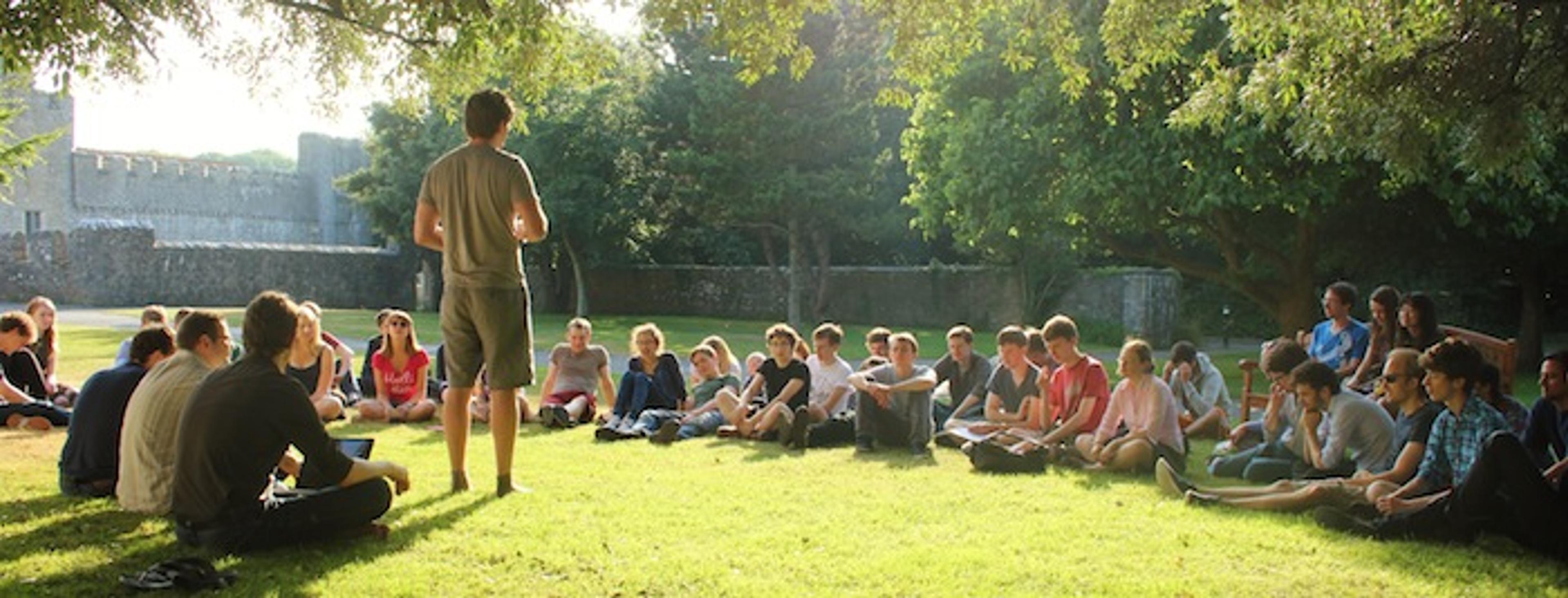Tips on starting warm winter conversations about effective giving
The winter holidays are a time of rest and social reunion, where we often finally have the time to sit down with our dear ones and share what we find important in our lives, debate and reflect on new experiences the autumn months have brought to us. Winter is also a time of giving and compassion, reflection on our goals and celebration of new beginnings and fresh perspectives. As such, it is a setting where we can nurture new conversations about effective altruism with those who have not heard about it; ideally over a cosy cuppa or two. Here are some tips on how to go about it.
Debate calmly, openly and with empathy

Mary Cassat, _The Tea_
It is always helpful to temporarily step out of our customary mindset, where we’re already familiar with the importance of giving and convinced of the urgency of the cause. Try to empathetically introduce the topic while being mindful of the variety of opinions our fellow debaters might bring to the table. A part of this is paying attention to the other person’s interests - some might be more inclined to ask about the statistics and research methodology, some will prefer to hear about stories of those we help.
Ask them about their thoughts and make sure that you listen as much as you speak. If they disagree, present your arguments calmly and always let them make their own decisions once they’ve had time to think it through. Show integrity by Socratically questioning your own views as well. Patience and understanding make any conversation more engaging, and whether the other person has a blank slate or a full palette of experiences with altruism, presenting GWWC from a place of confident composure can only serve everyone at the discussion table well. More tips can be found here.
Have at hand relevant facts and figures
A safe eye operation costs only 20 dollars, but can dramatically improve an individual’s sight. An insecticide-treated malaria net for 6 dollars is three years’ worth of protection for two people against deadly mosquito bites. Annual treatment for severe, worm-transmitted tropical diseases can be delivered to a child for $0.50. Food fortification strengthening one child’s immunity only costs a few cents per year.
Being informed about the specifics, both in terms of the help that is needed, as well as the effectiveness of our recommended charities, can give others a clearer picture of the tangible impact a donation can make. The GWWC website as well as The Life You Can Save offer answers to commonly asked questions.
Practicing these debates with fellow members of your chapter can be very useful. Reading around and being able to give honest, evidence-based answers to others’ questions about how the charities are assessed and compared shows serious commitment and enthusiasm, which will be appreciated by friends and family members. Of course, there still might be information you are unsure about, in which case offer to find the relevant reference later or to put them in touch with someone more informed.
Stay in touch with the stories
All our recommended charities are on facebook or twitter and following their newsletters and updates allows you to communicate about effective giving in terms of real human stories. That way, even though you are helping individuals thousands of miles away, you stay aware of the good your donation brings about on the every-day level.
For instance, Against Malaria Foundation provides photo and video galleries from net distributions in many countries around the world. You can find out about community campaigns fighting schistosomiasis in Yemen or more children getting to go to schools in Kenya. The Guardian illustrates the importance of food fortification for pregnant women who live mostly on rice.
Thinking about such cases may motivate us all to give more. Donations will, for example, allow children to go to school, practice reading and joke around with friends instead of having to stay home with a fever, and contribute to many getting a brighter perspective on their futures when they don’t have to worry about having enough food for their children. Be proud of your giving and enthusiastically share what concrete change it can create in all those people’s stories.
Emphasise social support and community

Giving What We Can has a major strength in its community. If you enjoy going to presentations, debates and socials on effective altruism and have made interesting friends there, share this as an important part of the decision to give effectively. Our joint determination to eradicate extreme poverty through critical, educated evaluation of charities’ evidence is definitely something to be talked about and celebrated in a group, so do bring along those who want to find out more about us.
If you haven’t connected with fellow effective altruists yet, you can contact other members online, join one of the chapters closest to you, or start your own in your local city! The more of us can share our resolution to help, the merrier - and the more effective help we can deliver to those in great need.